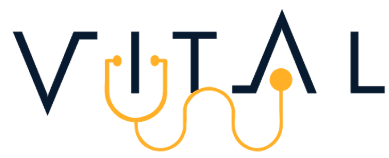
SPECIALISED MEDICAL TRANSLATION SERVICES
FROM THE LAB TO THE PATIENTS
Vital's team of tech-savvy specialised medical translators fully conversant with all the stages of drug discovery, development and promotion, but most importantly, with the terminology of mandatory use in the pharmaceutical industry can make the difference and provide support with
high-quality and timely translations of key documents for drug approval and registration, training and marketing material for healthcare professionals as well as educational and advertising material for patients and caregivers.
Vital is a translation agency with 15+ years in the translation industry offering specialised translation services in the fields of medicine, clinical research and pharmaceutical industry.
Our services rest upon three main pillars:
QUALITY
QUALITY
Our team of experts ensures the highest level of quality and accuracy in every delivery.
SPEED
SPEED
We are committed to meeting your project deadlines without compromising quality.
CONFIDENTIALITY
CONFIDENTIALITY
We strictly adhere to data protection laws to protect the information in the files we process.
